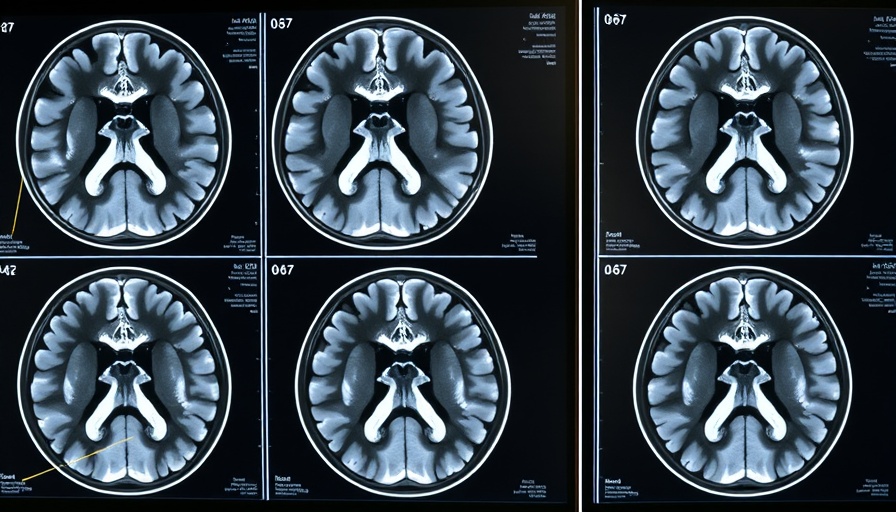
The Dangerous Side of Tranexamic Acid: A Case Study
In a chilling case highlighting the potential risks of tranexamic acid use in trauma patients, a young woman has suffered acute renal cortical necrosis following administration of the drug. Tranexamic acid, commonly used to prevent excessive bleeding during surgeries and in trauma cases, has gained traction in recent years due to its effective hemorrhage control. However, the alarming side effects exemplified in this instance prompt a critical reassessment of its safety, especially in young women and those of childbearing age.
Understanding Acute Renal Cortical Necrosis
Acute renal cortical necrosis is a condition that results from damage to the renal cortex, leading to renal ischemia and subsequent kidney failure. In the context of the young woman's case, it emphasizes the pressing need for clinicians to be aware of the risks associated with tranexamic acid. Studies have indicated a link between the drug and adverse renal outcomes, particularly when considering the vulnerable population of women of childbearing age. According to a pharmacovigilance study, the reporting odds ratio for renal ischemic events in women receiving tranexamic acid was 32.6 times higher compared to other medications.
Insights from Pharmacovigilance Data
Analyzing data from the WHO-UMC database, research has shown that adverse events related to renal vascular or ischemic conditions are crucial indicators of the drug’s risk profile. Specifically, within reports involving tranexamic acid usage among women aged 18 to 44, there were stark statistics: 29 adverse events of renal vascular conditions, 42 reports of pulmonary embolic complications, and 41 instances of peripheral embolism. These findings reveal the potential hazardous impacts of tranexamic acid when administered in trauma contexts, illustrating a need for careful consideration.
Broader Implications for Medical Practice
The implications of this case extend beyond single incident reports. Professionals should engage in dialogue about tranexamic acid guidelines and consider alterations in clinical practice. Reports from various health organizations now demand a reevaluation of known medications that might further compromise kidney function. Notably, 2013 safety updates served as precursors to these current findings, revealing patterns in renal failure occurrences linked to tranexamic acid.
Counterarguments: The Benefits Still Matter
Despite these concerns, it's important to recognize the benefits of tranexamic acid. The World Health Organization expanded its use after studies indicated substantial mortality reductions in trauma and post-partum hemorrhage scenarios. Hence, the necessity for tranexamic acid in specific clinical situations is undeniable, but medical professionals must work diligently to weigh these benefits against potential adverse reactions.
Actionable Recommendations for Clinicians
Clinicians should monitor their patients closely when administering tranexamic acid, especially when they fall within higher-risk demographics. Regular follow-ups and kidney function assessments are prudent practices. Furthermore, training programs should include updated information on the risks of renal complications associated with this medication.
Conclusion: A Call for Awareness
As demonstrated by the case of the young woman, tranexamic acid, while effective, bears significant risks that need more thorough consideration. The medical community must foster awareness about both the benefits and risks, ensuring that practices evolve in tandem with safety considerations. By taking proactive measures, healthcare providers can continue to use this drug effectively while safeguarding against its adverse effects.
 Add Row
Add Row  Add
Add 




Write A Comment